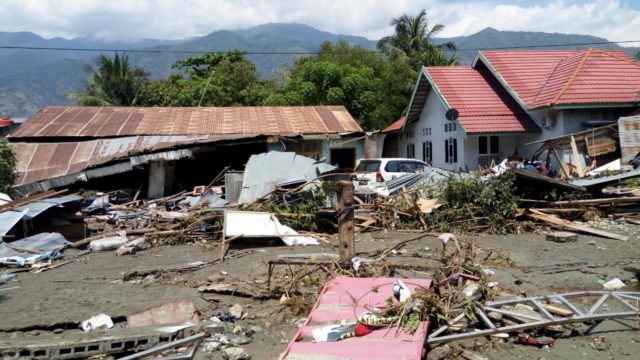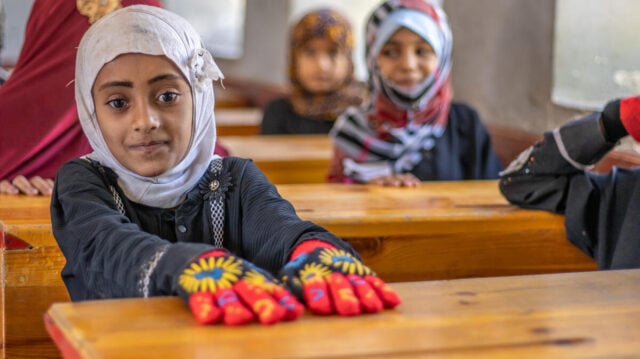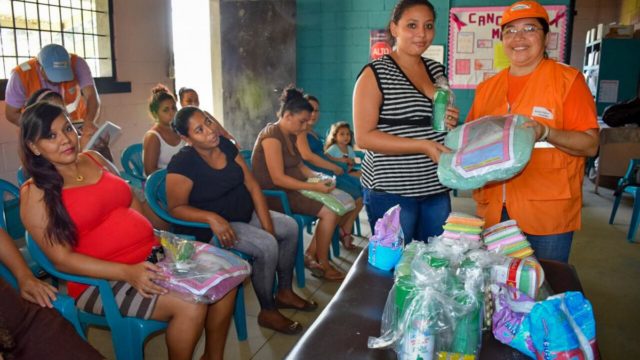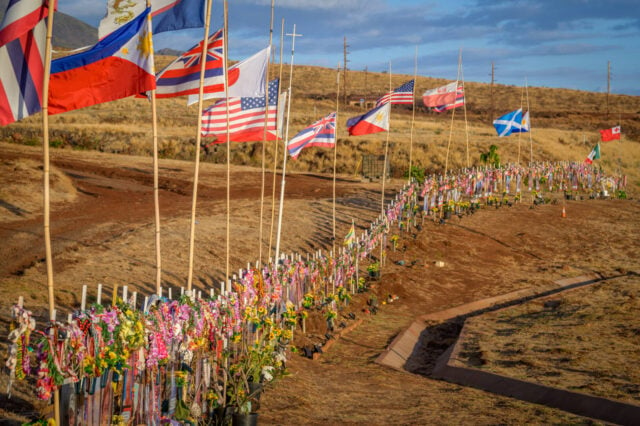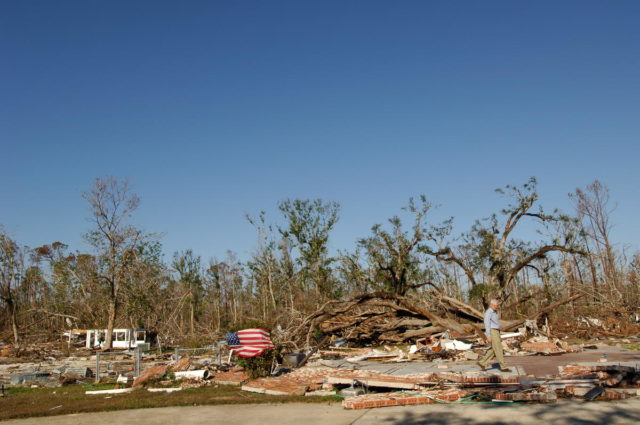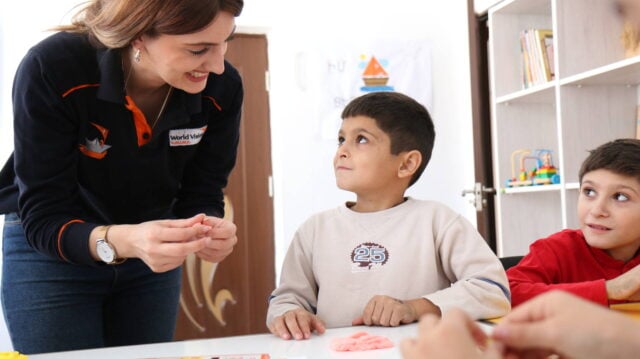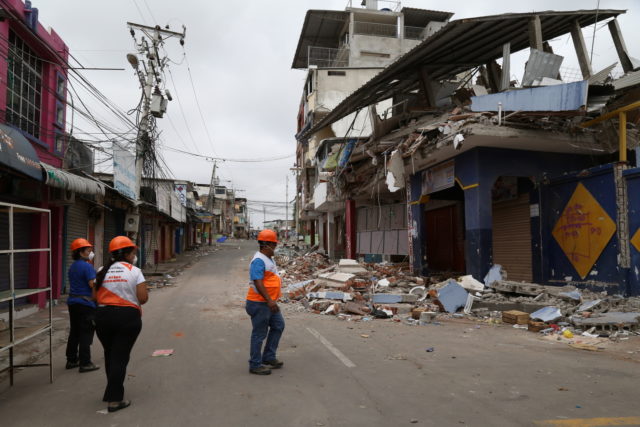World Vision brought Romanian families together in a cooperative that turned the community’s overabundance of eggplant and peppers — formerly used as animal fodder — into jars of tasty spread called zacusca that they could sell for income year-round, not just at harvest time.
News & Stories
From the Field
2018 Indonesia quakes and tsunamis: Facts, FAQs, how to help
Discover key facts about the 2018 Indonesia earthquakes and tsunamis, including six events with magnitude 6.0 or higher. Learn more about the devastating impact on millions of people, and how World Vision swiftly responded with lifesaving supplies to help affected communities.
Yemen crisis: Facts, FAQs, and how to help
Learn more about the crisis in Yemen, where ongoing conflict has affected an estimated 18.2 million people, and what World Vision is doing to help.
Zika virus: Facts, symptoms, and how to help
Discover essential information about the mosquito-borne Zika virus, including the symptoms, prevention, and the significant 2015–2016 outbreak. Learn how Zika can cause serious birth defects like microcephaly. And find out the latest update on Zika.
Give what grows: How animals build futures
When donors give animals through World Vision’s Gift Catalog, they’re also giving so much more — an ongoing source of food and nutrition, a sustainable income, and trainings for animal owners that support their financial health and mindset growth. It’s a combination that can truly lead to transformed lives for families around the world. Here are a few stories of how the gift of an animal can grow into all this and more.
Working alongside partners to support Maui relief efforts
World Vision is continuing to support recovery efforts in the wake of the 2023 fires by aiding the work of local churches and community organizations through donations such as boxes of fresh food, household goods, hygiene supplies, and school backpacks.
Hurricane Katrina: Facts, FAQs, and how to help
Explore the impact of Hurricane Katrina, one of the most devastating disasters in U.S. history. Twenty years later, Katrina remains a defining moment in the nation’s memory and a benchmark for emergency response. Discover the far-reaching consequences of this historic storm and how World Vision helped families recover and rebuild.
Children heal through art at Child-Friendly Spaces
Two brothers who fled the conflict in Nagorno-Karabakh with their family find healing through art at a World Vision Child-Friendly Space. World Vision works to help families by providing food and psychological support and connecting them to services that will aid their integration into life in Armenia.
Hurricane Barry: Facts, FAQs, and how to help
Hurricane Barry made landfall in Louisiana on July 13, 2019, bringing heavy rains, floods, and a dangerous storm surge. Learn how World Vision responded and supported affected communities.
Ecuador earthquake: Facts, FAQs, and how to help
A magnitude 7.8 earthquake rocked Ecuador’s coast April 16, 2016 — killing almost 700 people and leveling homes, schools, and infrastructure. The deadly Ecuador earthquake made life harder for people suffering from El Niño flooding. Recovery called for an all-out effort to support health, nutrition, education, and rebuilding.

